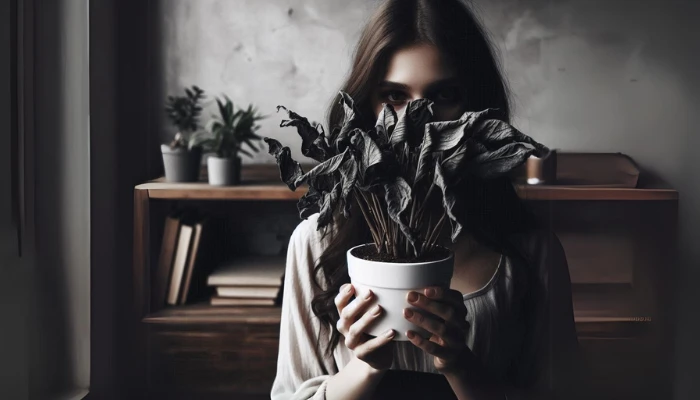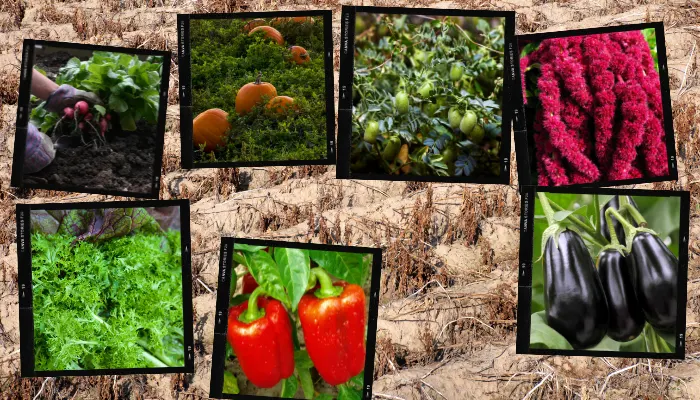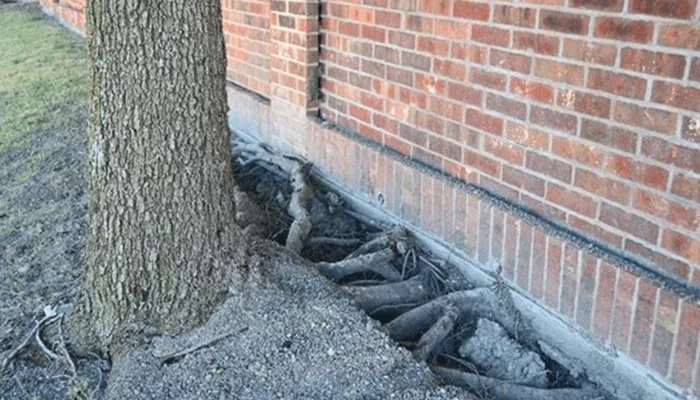Have you been hearing a lot about Dutch Gardens lately, and now you would like to set one up in your backyard? Maybe this will help you get an idea on where to start.
First, let’s start with a little history on Dutch Gardens.
The Dutch garden, now widely considered to be an English garden, is said to have been brought to England by William III.
Of course, this organized natural beauty began through the Dutch empire, with some of its characteristics popular throughout Europe (and even Russia) before William III.
It was an adaption of the French and Baroque styles.
This individuality of Dutch gardens was due to the limited extent of terra firma and to the abundance of water in Holland.
An ordinary plan became extraordinary because it was laid out on such a surprisingly small scale. A scheme covering dozens of acres in France was reproduced on a fewer number of feet in Holland.
In a Dutch garden, no tree could be admitted until its growth had been stunted, and no flower larger than a tulip would be used to reduce the risk of spoiling the design. Shell-work took the place of marble, and glass balls or other trivial objects were often substituted for statues, as ornamentation.
Miniature canals were more common than fountains for the supply of water, though large, didn’t have enough pressure to operate the fountain.
Evidences of Dutch taste were shown in England by the frequent introduction of dwarf trees, choice tulips, and canals of water.
Although the dampness of the climate grottoes could make them unattractive, they were also favorite accessions.
Travelers early in the seventeenth century regularly described the famous grotto at Wilton, but this was rather in the Italian than the Dutch style.
More To Discover
- Harvard’s Lithium Metal Battery Lasts For Thousands of Cycles And Charges In Minutes
- Easy Food Swaps Could Slash Household Grocery Emissions by 26%
- Are Crab Shells The Unexpected Key to Renewable Energy? Researchers Explore Innovative Battery Technology
- Combatting Microplastic Pollution: How You Can Make Your Laundry Routine More Sustainable
Evelyn designed one at Albury with a “crypta through the mountain thirty perches in length.” Defoe mentions gardens at Richmond and Sutton Court where besides canals there were several grottoes, and others are described by various other writers.
Here are some of the features to keep in mind when you are designing your Dutch Garden. Be sure to look online for some design ideas you can use.
- Long, straight lines and rectangular layouts
- Rectangular pools
- Intersecting walkways that create a grid throughout the garden space
- Use little grass or other filler plants
- Shrubs that are short and well manicured
- Geometrical Patterns
- Bright flowers in pink, blue, yellows, reds and oranges(a list of flowers often used in Dutch gardens is provided below)
- Use natural colors like black, gray and white for furniture and planters
- Create a sitting area using shrubs or short walls and plenty of seating
- Decorate using shells, windmills, Dutch boy and girl statues, obelisks, topiaries, oversized pots and modern furniture
- A shade tree or two to provide a little shade, especially for the seating area
Flowers Most Often Found In Dutch Gardens
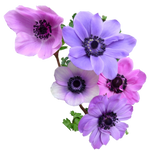
Anemones

Calla lilies

Carnations

Chamomile
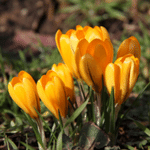
Crocuses
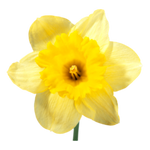
Daffodils

Narcissus
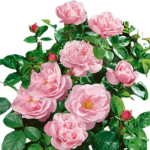
Small Rose Varieties
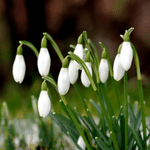
Snow drops
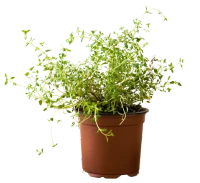
Thyme











